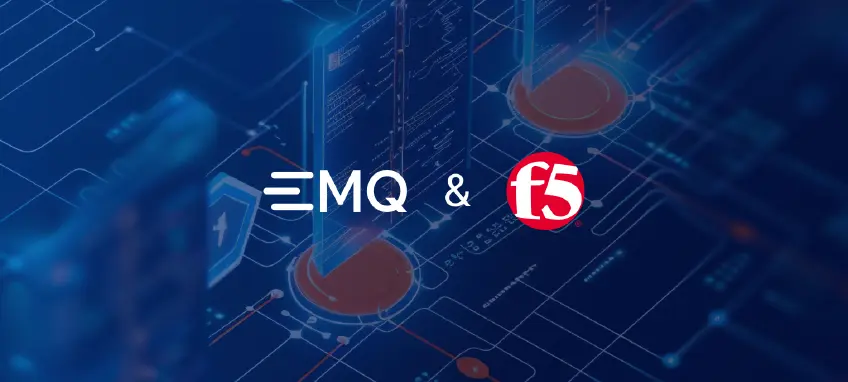 EMQ & F5: スケール対応のセキュアなIoTデータアクセスソリューション
EMQ & F5: スケール対応のセキュアなIoTデータアクセスソリューションEMQとF5の共同ソリューションは、EMQXプラットフォームの高い同時接続性とF5の先進的なロードバランシング・セキュリティ技術を組み合わせ、スケーラブルで高性能なデータアクセスソリューションを提供します。
 EMQ & F5: スケール対応のセキュアなIoTデータアクセスソリューション
EMQ & F5: スケール対応のセキュアなIoTデータアクセスソリューションEMQとF5の共同ソリューションは、EMQXプラットフォームの高い同時接続性とF5の先進的なロードバランシング・セキュリティ技術を組み合わせ、スケーラブルで高性能なデータアクセスソリューションを提供します。
 ゲームオン! ゲームにおけるシームレスなリアルタイム通信に最適なMQTTプラットフォーム
ゲームオン! ゲームにおけるシームレスなリアルタイム通信に最適なMQTTプラットフォームEMQX MQTTプラットフォームは、グローバルに分散したMQTTメッセージサーバーを提供し、ゲーム会社が中断のない接続と即時の応答を実現して、スムーズなゲーム体験を提供できるようサポートします。
 TSPプラットフォームの革新:EMQXで自動車のコネクティビティを実現
TSPプラットフォームの革新:EMQXで自動車のコネクティビティを実現2023年現在、世界中の20以上のOEMと30以上のTier 1 TSPプロバイダーがEMQXをTSPインフラストラクチャソリューションの第一候補として選択しており、世界中で2,000万台以上の車両がEMQXにアクセスしています。
 ヘルスケアにおけるIoT: MQTTで医療ラボ機器を接続
ヘルスケアにおけるIoT: MQTTで医療ラボ機器を接続このブログでは、医療機器通信における一般的なプロトコルと、MQTT が優れた選択肢である理由を紹介します。 また、MQTT がリアルタイムの医療ラボ監視を可能にする方法を詳しく説明するサンプル ワークフローも提供します。